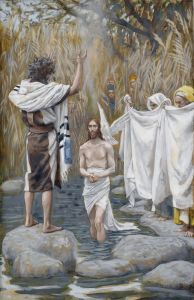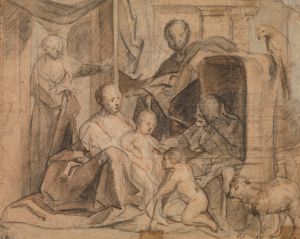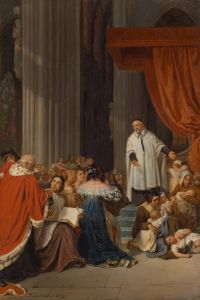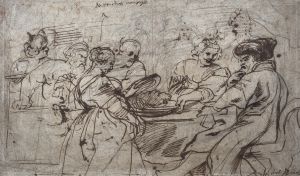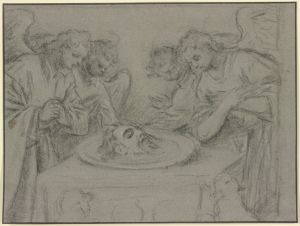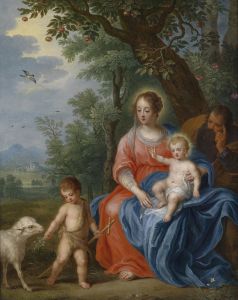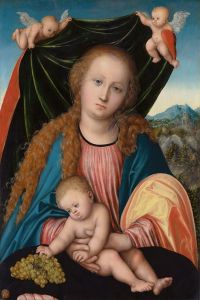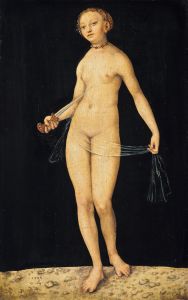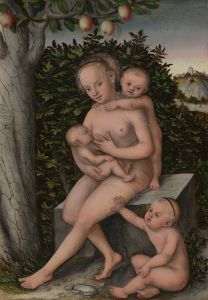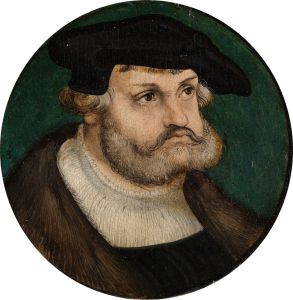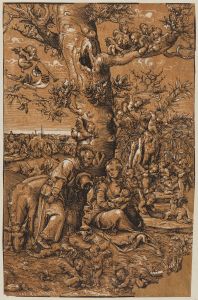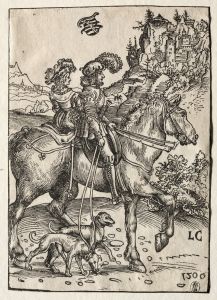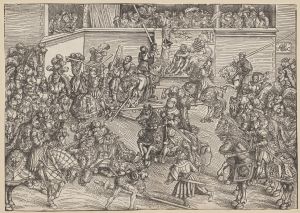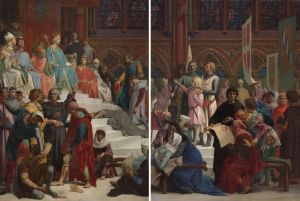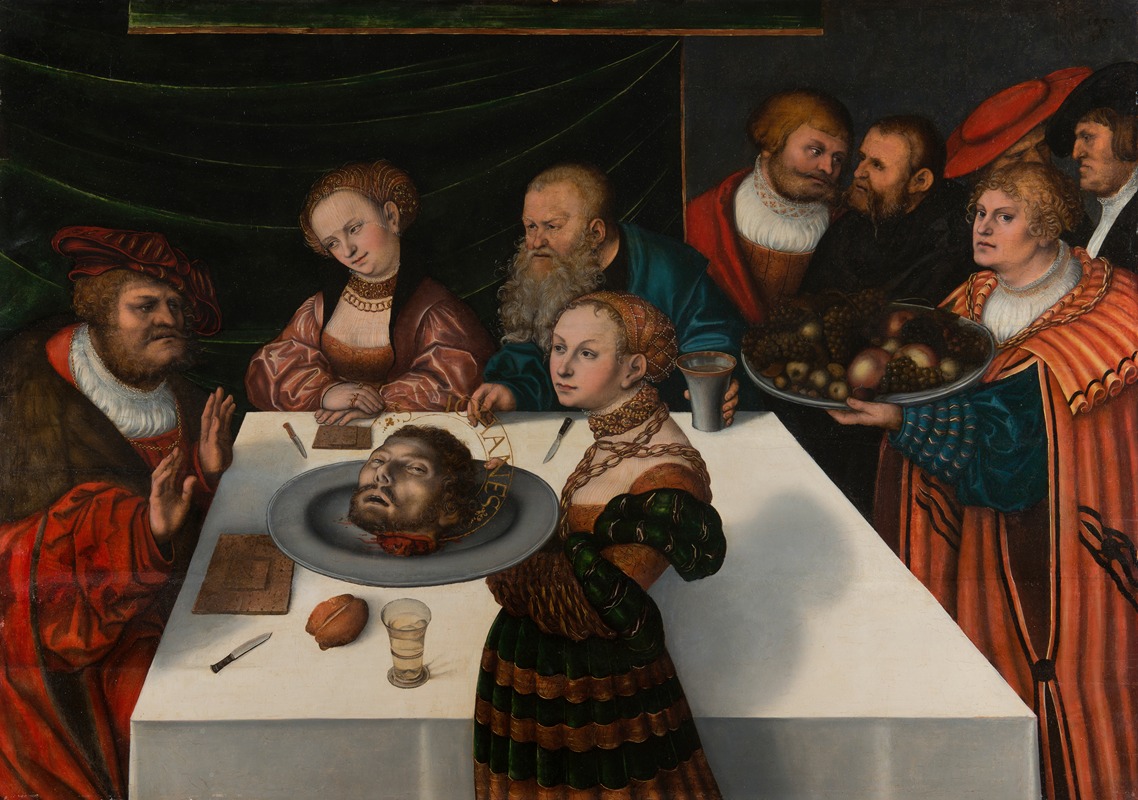
The Feast of Herod
A hand-painted replica of Lucas Cranach the Elder’s masterpiece The Feast of Herod, meticulously crafted by professional artists to capture the true essence of the original. Each piece is created with museum-quality canvas and rare mineral pigments, carefully painted by experienced artists with delicate brushstrokes and rich, layered colors to perfectly recreate the texture of the original artwork. Unlike machine-printed reproductions, this hand-painted version brings the painting to life, infused with the artist’s emotions and skill in every stroke. Whether for personal collection or home decoration, it instantly elevates the artistic atmosphere of any space.
Lucas Cranach the Elder, a prominent German Renaissance painter, created "The Feast of Herod," a painting that exemplifies his distinctive style and thematic interests. Cranach, born in 1472 in Kronach, Germany, was a leading figure in the Northern Renaissance, known for his portraits, religious subjects, and mythological scenes. He served as a court painter to the Electors of Saxony and was a close friend of Martin Luther, which influenced some of his religious works.
"The Feast of Herod" depicts the biblical story of the beheading of John the Baptist, a narrative found in the New Testament. This story is a popular subject in art, capturing the dramatic moment when Salome, the daughter of Herodias, presents the head of John the Baptist to her mother and King Herod. The tale is often interpreted as a moral lesson on the dangers of lust and the abuse of power.
Cranach's interpretation of this scene is notable for its composition and attention to detail. The painting typically features a lavish banquet setting, with Herod and his guests seated at a table. Salome, often depicted as a young and beautiful woman, is shown presenting the head of John the Baptist on a platter. Cranach's work is characterized by its vivid colors, intricate costumes, and expressive figures, all of which are evident in this painting.
The artist's style combines elements of Gothic art with the emerging Renaissance ideals. His figures often have elongated proportions and display a certain elegance and grace. Cranach's use of color is particularly striking, with rich, deep hues that enhance the drama of the scene. The emotional intensity of the characters is conveyed through their facial expressions and gestures, a hallmark of Cranach's ability to capture human emotion.
Cranach's "The Feast of Herod" reflects the cultural and religious context of the time. The Northern Renaissance was marked by a growing interest in humanism and a focus on religious reform, themes that are evident in Cranach's work. His close association with Martin Luther and the Protestant Reformation influenced his approach to religious subjects, often imbuing them with a sense of moral and ethical inquiry.
The painting also demonstrates Cranach's skill as a storyteller. He effectively uses composition and detail to guide the viewer's eye through the narrative, creating a sense of movement and tension. The opulent setting and the dramatic presentation of John's head serve to heighten the impact of the scene, drawing the viewer into the story.
While specific details about the creation and current location of "The Feast of Herod" by Lucas Cranach the Elder may not be widely documented, his works are held in numerous prestigious collections worldwide, including the Louvre, the Uffizi Gallery, and the National Gallery in London. Cranach's legacy as a master of the Northern Renaissance continues to be celebrated for his contributions to art and his ability to capture the complexities of human experience through his paintings.





